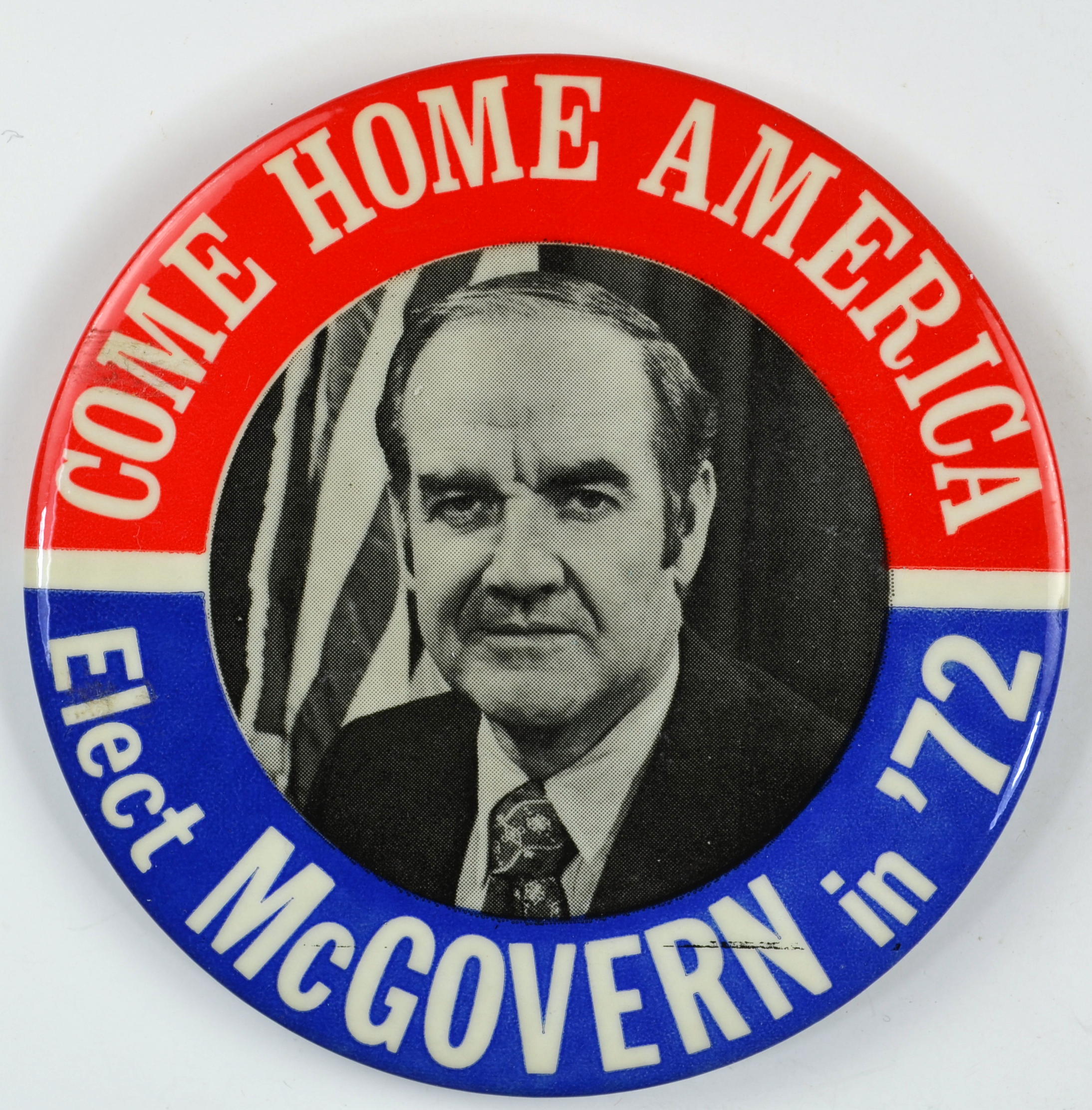
Number 1
This is a political cartoon published before the election of 1948. Going into the election, Thomas Dewey (mustached man) was projected to defeat the incumbent President Harry Truman. This cartoon shows how much Dewey was favored by, and it also displays Truman as hopeless (or at the very least it doesn’t portray him as optimistic for the election).
This cartoon appeals to two commonplaces (that I can identify at least). The first one is the classic favorite vs. underdog. While the saying goes “Everyone loves an underdog,” people are also realistic and understand that when someone/something is favored, that generally means the favorite will win. The second commonplace is that people should trust experts to some degree. In this case, pollsters are the experts, and their polling data suggests Dewey will win. The cartoon, with Dewey looking triumphant and Truman looking defeated, implies that Dewey has already won the election based on the incorporation of these two commonplaces. The commonplaces employed seem to be persuasive, especially because this cartoon was reinforcing people’s preconceived notions of the election, that Dewey was favored.

Number 2
This artifact is a campaign button for the Democratic Candidate for President in 1972, George McGovern. He ran against Richard Nixon in what ended up being one of the most lopsided elections in American history.
The commonplace that McGovern appealed to in his campaign slogan was this idea related to home. Perhaps every American, and every human being, can relate to this idea of home – a place where you feel safe and secure (and loved). It may be a simple word, but it means a lot to a lot of people (I realized this as I moved from my home to Penn State). However, while McGovern tried to appeal to this commonplace, it certainly wasn’t very persuasive. While everyone can relate with this word, everybody relates to this word differently. There isn’t an agreed upon definition of home for every single person (whereas if you consider something like change, another vague word, people can at least grasp what that means, and a group of people can agree on what change means in a society). So, it’s impossible for a group of people to rally around a slogan like that, leading to the failed campaign of George McGovern.
Hi Matt! Those were some good possible options for civic artifacts. I noticed both had some relation to presidential elections and involved the public’s reaction one way or another. I think this is a good thing to have kept in mind, as one of the main elements of a rhetorical situation is understanding the audience. For the political cartoon, I had some background knowledge on that particular election beforehand, and I do remember learning that Truman went to bed that night thinking he lost! In fact, the front page on the papers the next morning was him holding a newspaper that said he lost. He also fell victim to the commonplace you described of too many of us falling for the opinions of “experts.” I like the connection you made in the second civic artifact however, his slogan was meant to relay the safety and comfort of home, but as you said, home is something completely different based on who you ask. I don’t think you could go wrong with either choice, you have a lot to work with with each decision.
Hi Matt! These both seem like good options for civic artifacts. I like that you chose two artifacts relating to historical elections. The cartoon is very interesting in that it is biased against Truman’s chances of winning, and almost seems to be persuading the audience that the election is pointless because they already believe they know who the winner will be. I also found the cartoon interesting because I often hear people saying things like “predictions can’t be trusted,” like for example, people claiming that the weather forecast is “always wrong.” I wonder if this is a commonplace that has changed over time, or if it just applies to different scenarios? I also think you did a good job explaining the idea that people relate differently to the concept of home for the second artifact- that could be a cool concept to explore.
Hi Matt,
Those are both definitely good options to use for your civic artifact, I can see that you have an interest in the past elections. I think going into either of these topics will require for you to provide adequate context for those who may not know all the history and detail behind them in order to fully interpret them. I also really enjoyed the concept of peoples’ ideas of ‘home’ being so different. I think both topics have a lot of potential and require a good amount of work to be done, I do like how in the second topic you added a personal connection which could add another dimension to your speech.